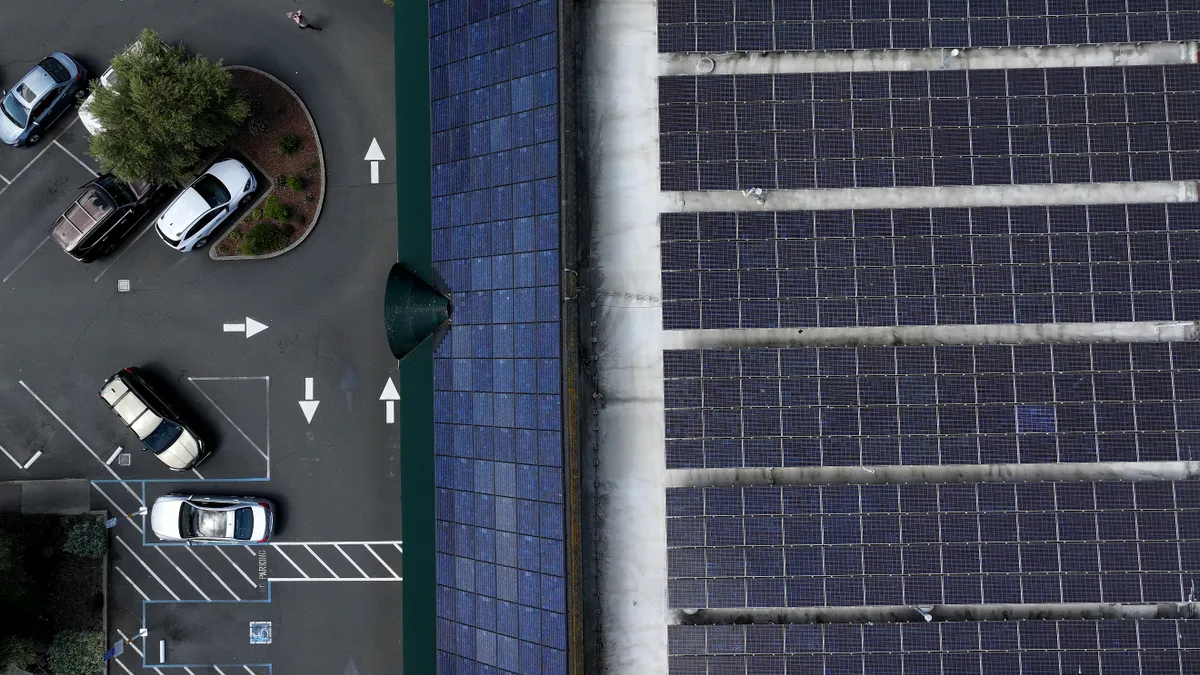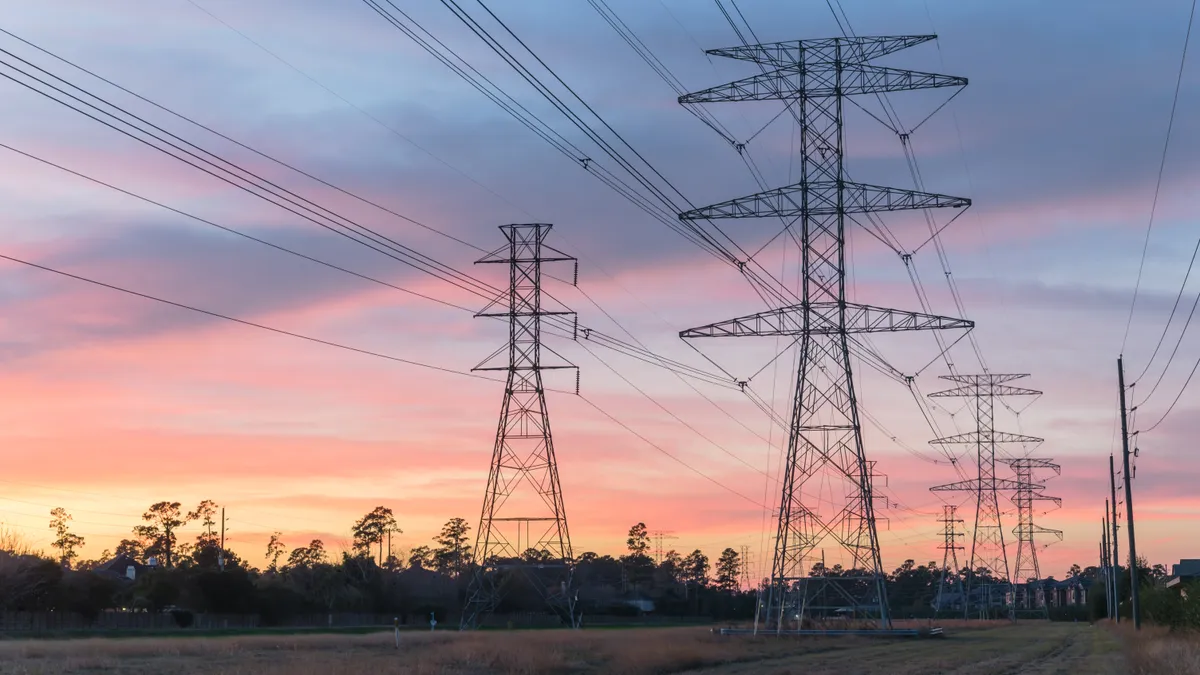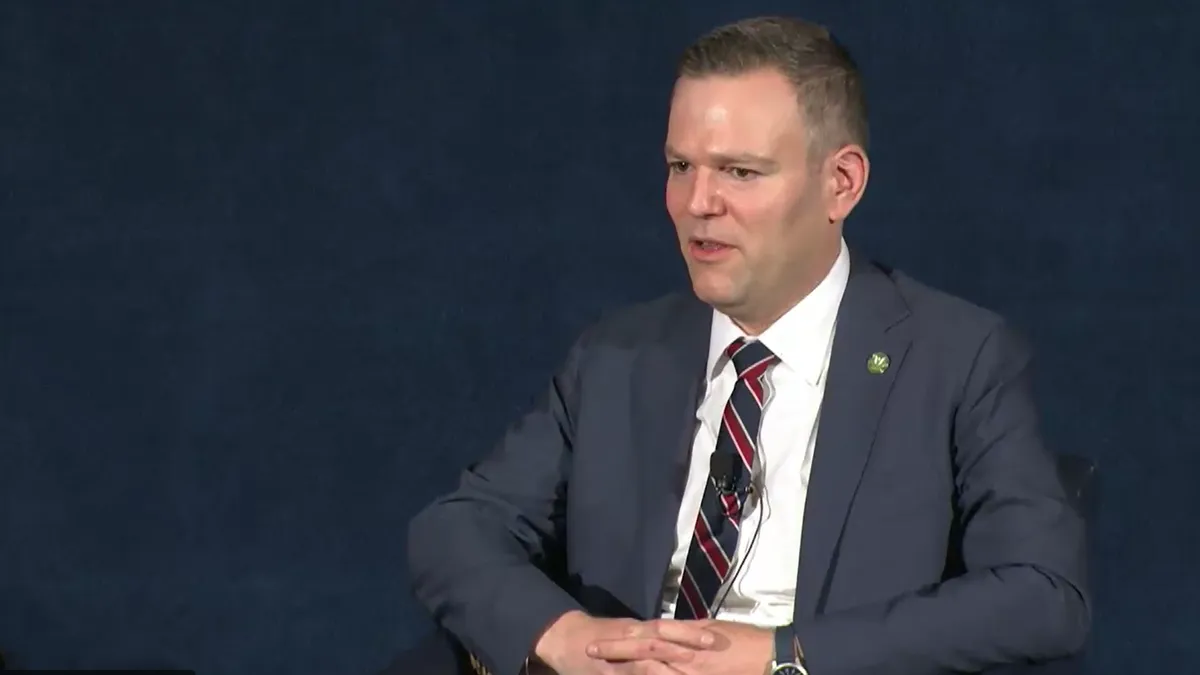Sergey Shabalin, the director of billing programs and analytics for New York City's Department of Citywide Administrative Services (DCAS), has a message for utilities upstate: "Come talk to us about demand response."
New York City has been developing its demand response program for years — just last summer it achieved 58 MW of reduced municipal load, bringing in about $10 million in revenue. While the bulk of the city's operations are in Consolidated Edison's territory, it has some demand in the territories of Orange & Rockland, Central Hudson and NYSEG in the north of the state that it would like harness.
"We hope to expand our demand response participation in that area," said Susan Cohen, assistant commissioner in DCAS.
Since it brought NuEnergen onboard to manage its demand response program 2013, the city government has provided up to 75 MW of grid relief annually, expanded citywide participation to over 380 facilities across 22 agencies, and earned revenue of more than $22 million.
That requires the same sort of program management and customer outreach that any utility would undertake. The City That Never Sleeps is essentially just another end-use customer, but it also acts like a utility working to keep customers engaged and attuned to the demand response program.
The process of bringing in a third-party to manage the program was "slow and careful" but ultimately worth it, said Cohen.
The city took almost a year to draft a request for proposals, and then another 16 months before a final contract was signed. Ultimately, officials reviewed eight responses before selecting NuEnergen. Since then, along with revenues, more city agencies and facilities have signed up. Committed capacity has rose from less than 10 MW in the summer of 2013 to about 75 MW expected this summer.
"We act as a central procurement point for services, including demand response," said Cohen. "When we were looking around to expand demand response services, it was natural that the city government office that pays the bills would do the central procurement."
DCAS pays yearly citywide utility costs of approximately $700 million
DR expansion
Despite the success of New York City's demand management programs, Cohen said the goal is to continue expanding. In addition to growing revenues, lowering energy bills and maintaining reliability, the city also has aggressive environmental goals in place: a 35% reduction in greenhouse gas reduction by 2025 and then an 80% reduction by 2050.
Cohen laughed a bit when she discussed the aggressive goals, describing her agency as "on our knees with our fingers crossed." But she also said demand response had become more central to the municipal government's operations, moving beyond short-term critical responses to broader energy management.
"As we continue to grow up, we try to never rest," she said. "There has been a broad embrace of demand response."
The city's demand response program was recognized as a Program Pacesetter by the Peak Load Management Association. Cohen, Shabalin, and DCAS Billing Programs Administrator Leonid Zolotarev, held a 30-minute discussion about the city's demand response programs with PLMA.
"We're essentially the end users," said Zolotarev. "The city participates as a customer, and the formal program is limited to NYC municipal buildings participating in the NYISO Special Case Resources demand response program. ... we are customers of NYISO and ConEdison, participating like any other commercial entity."
While New York City's participation in demand response had a learning curve, Shabalin said because the city previously had energy goals many agencies already had employees focused on power supply.
"Having dedicated energy teams at city agencies opened up a lot of doors and allowed us to engage around demand response in a very meaningful way," he said. "We tried to keep it simple, packaging the program in a way that would be easy to understand ... we tried to keep all the complexity within DCAS."
Much of the complicated work is done by NuEnergen, he said.
"They brought necessary subject matter expertise. They do most of the heavy lifting, serving as our liaison between NYISO and ConEdison," said Shabalin. That has left DCAS to manage its version of "customer outreach."
"We've had to do a lot of outreach. We had to engage our city agencies in a meaningful way, and we talk to them all the time, providing updates," said Shabalin. DCAS has gone so far as to develop a quarterly newsletter surrounding the energy management programs.
And the city has been working to give agencies and buildings more tools, deploying real-time monitoring equipment that can examine demand broadly, or break it down into agency- or building-specific data. Up to 40% of the city's load has real-time monitoring capabilities.
"Deployment of real-time monitoring technology ... opened up a host of opportunities for us," Shabalin said. The portfolio of participating facilities is diverse, from wastewater treatment to schools, laboratories and museums.
"You name it, we've got it."
Revenues create incentives for agency, building action
One of the selling points of the program, said Zolotarev, is that revenues are distributed to the agency's which earn them. They are then used to fund a variety of initiatives, including efforts to reduce greenhouse gas emissions.
In some instances the revenues are directed to the actual facilities which reduced the load, something Cohen said DCAS encourages but cannot control.
"We can only give it to the agencies," she said.
"It is a way for agencies to encourage better participation and performance from their facilities," said Zolotarev.
The encouragement is working, he added, but it also creates complication. "We've had to overcome a multitude of challenges, and the latest one we've had to address is the issue of scale. Our program has become pretty sizeable and we've just hit a pretty big milestone."
New York City has just registered its 400th facility for the summer 2017 demand response program. "Managing all of these agencies, it requires quote a bit of effort," said Zolotarev. "Tracking, engaging and providing timely feedback, training personnel. It has become quite a commitment."
Correction: This post has been updated to clarify quotes from Shabalin and correct the portion of city load with monitoring capabilities. It is up to 40%, not between 60% and 70%.






















